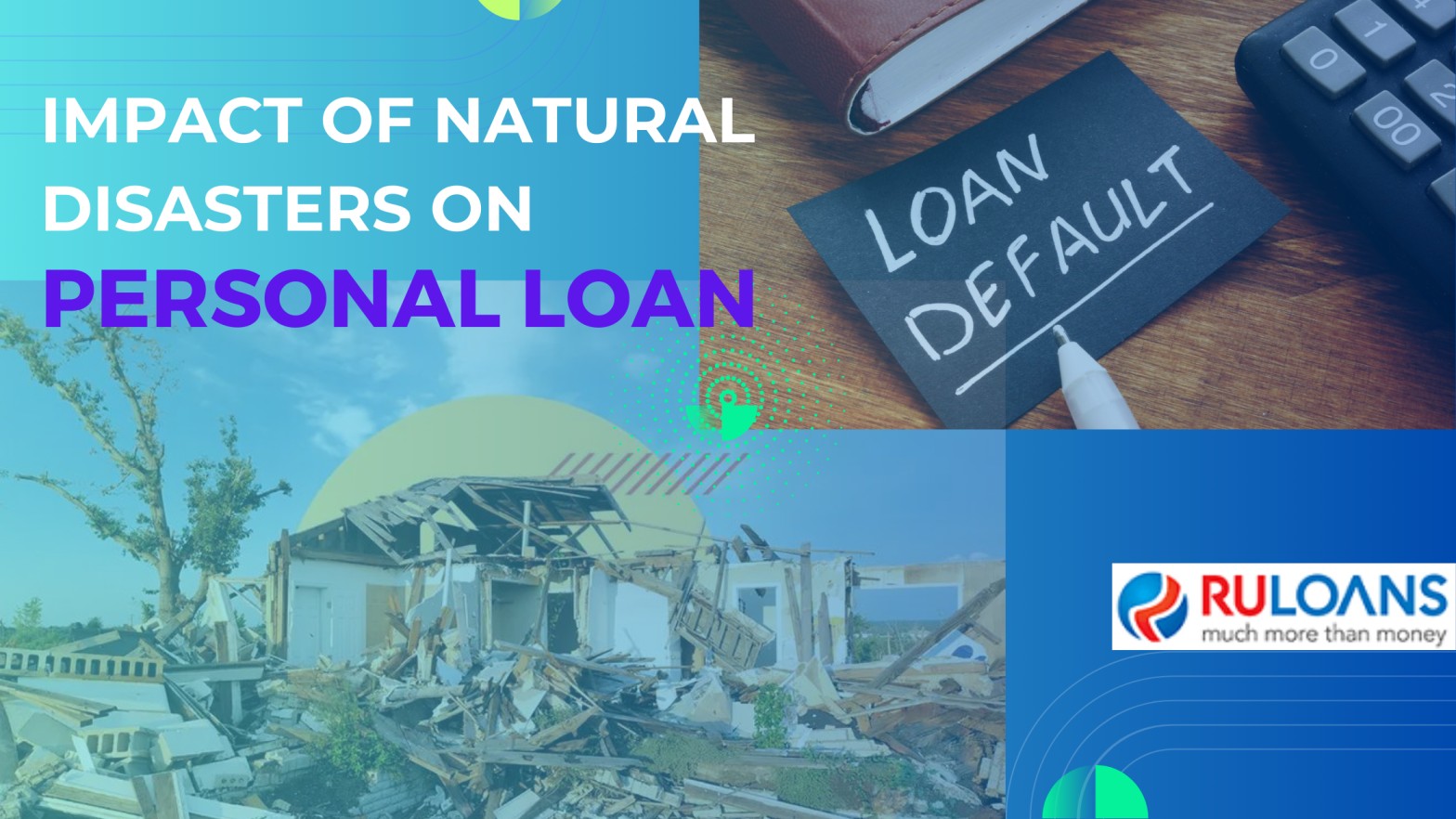Introduction
Natural disasters, by their very nature, are uncontrollable, unpredictable, and destructive. India, with its vast landscape and varied geographical features, is no stranger to these calamities. Ranging from cyclones to floods, droughts, and earthquakes, India has faced the brunt of nature’s fury multiple times. But beyond the immediate destruction and loss, natural disasters have a domino effect on the economy, affecting people’s capability to pay back their debts, notably personal loans. This article delves into the intricate relationship between natural disasters and personal loan defaults.
State the Problem
India, with its booming population and rapid urbanization, has seen a surge in the need for personal loans. These loans help bridge financial gaps, be it for education, housing, or medical emergencies. However, when a natural disaster strikes, repayment becomes an uphill battle for many. Homes might be destroyed, businesses might collapse, and jobs could be lost, leading to a cascading effect on the nation’s financial ecosystem.
Importance of the Topic
As one of the main sources of credit, personal loans play a pivotal role in the financial well-being of its citizens. Defaults on these loans not only affect individual borrowers but also have broader implications for the banking sector and the economy at large. Understanding this relationship is crucial for policy-making and financial planning.
Background Information
India faces a diverse range of natural disasters. The eastern coast frequently grapples with cyclones, the northern regions are earthquake-prone, while the central and southern parts often deal with droughts and floods. The Economic Survey of 2017 estimated that over 58% of India’s landmass is vulnerable to earthquakes, and about 12% is flood-prone. These disasters can cripple local economies, affecting sectors like agriculture, manufacturing, and services.
Relationship Between Natural Disasters and Loan Defaults
The aftermath of a natural disaster often sees a spike in loan defaults. A study found that after the 2015 Chennai floods, there was a significant rise in delinquencies across various loan segments. Personal loans were among the worst hit, with delinquency rates almost doubling in the following quarter.
Reasons for Defaults
Several reasons can be attributed to this surge in defaults:
- Loss of Income: Natural disasters often lead to job losses, especially in sectors like agriculture and small-scale industries.
- Damage to Property: Homes or assets bought using personal loans might be damaged, making repayment a secondary priority.
- Increased Financial Stress: With the need to rebuild and recover, borrowers may find themselves stretched thin, and unable to meet loan obligations.
Impact on Different Segments
Not all segments of the population are affected equally. Low-income households, who might lack the financial buffers, are more vulnerable to defaults. Similarly, women, often the primary caregivers in times of crisis, might find it more challenging to balance financial obligations during these times.
Mitigating the Impact
To curb this ripple effect, several measures can be taken:
- Grace Periods: Lending institutions can offer grace periods or flexible repayment options for borrowers in affected areas.
- Government Programs: The government could introduce relief packages or subsidized loan schemes to aid those affected.
- Insurance: Promoting the importance of disaster insurance can be a preventive measure to reduce the financial burden on borrowers.
Conclusion:
India’s varied geography brings with it diverse natural disasters, each leading to significant economic strains, especially in the realm of personal loan repayments. While reasons like loss of income and property damage are evident, certain demographics, particularly low-income families and women, are disproportionately affected. However, through measures like grace periods, government relief, and disaster insurance promotion, some of these impacts can be mitigated.
Key Takeaways:
- Disasters’ Dual Impact: Natural calamities influence both human lives and the economy, particularly loan repayments.
- Varied Disasters, Similar Consequences: Different disasters, be it cyclones or earthquakes, result in increased loan defaults.
- Targeted Impact: Post-disaster, low-income groups and women are at a higher risk of financial instability.
- Mitigation Strategies: Solutions like extended grace periods, government initiatives, and disaster insurance can help cushion the blow.









